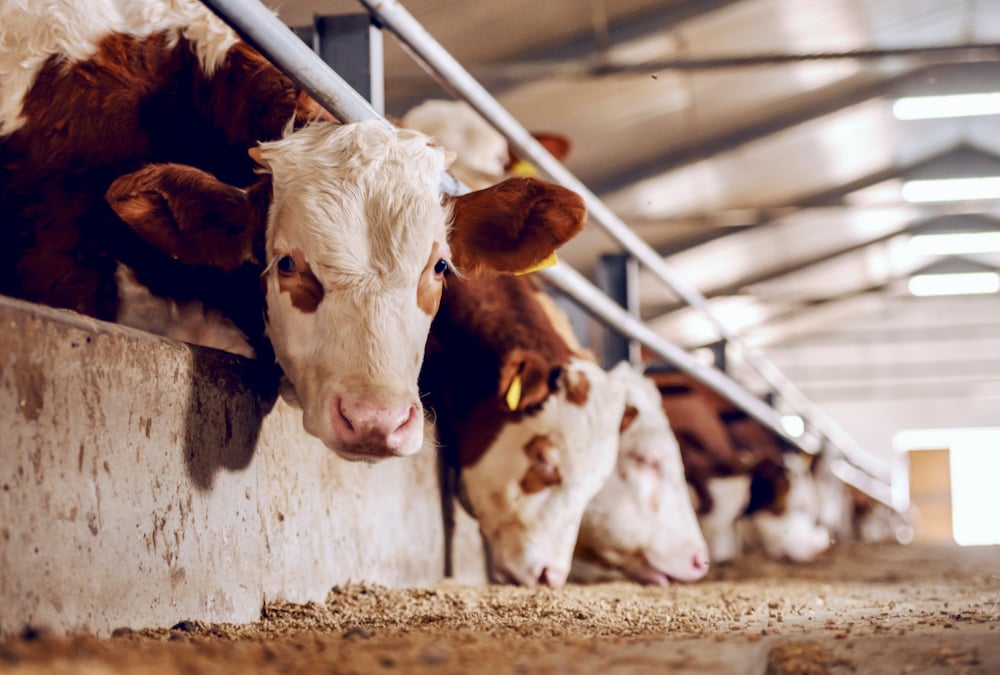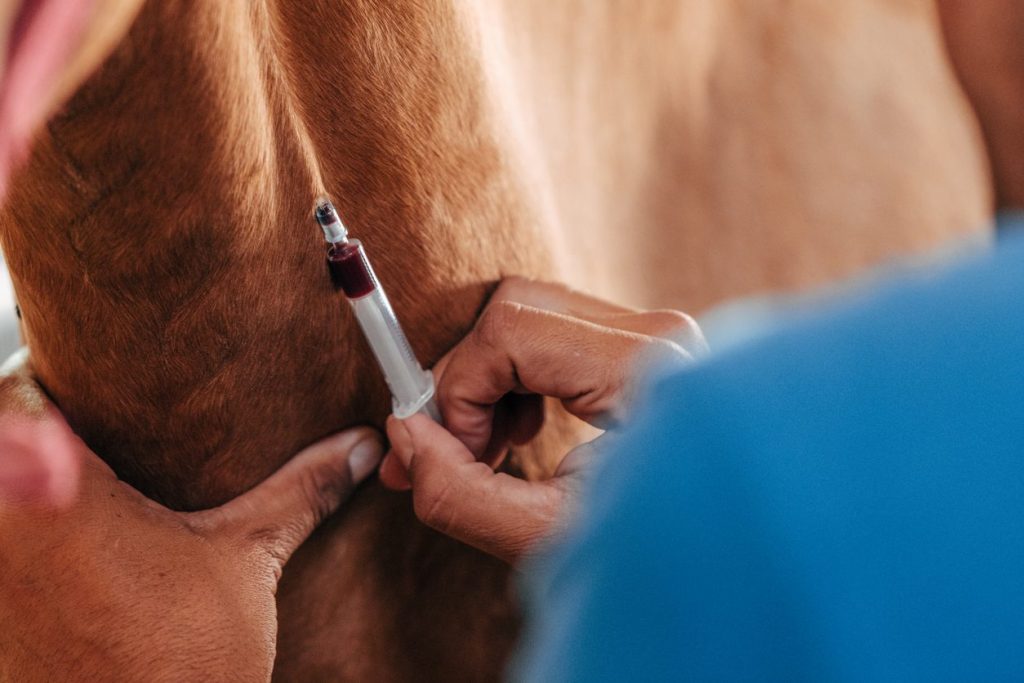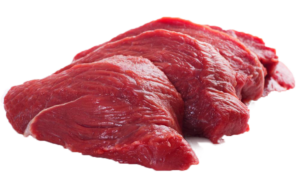Antibiotic residues refer to the presence of traces of antibiotics in food products, such as meats, dairy, eggs, and honey. These residues can come from the use of antibiotics in food animal production, where they are used to treat and prevent disease, and to promote growth. There are many effects of antibiotic residues.
The antibiotics can be given in feed, water, or through injections. When animals are treated with antibiotics, the drugs can remain in their bodies and be passed on to the food products derived from them.

Even though the levels of antibiotic residues in food products are generally low, their presence can have negative effects on human health and the environment.
Antibiotic residues in foods can have several negative effects, including:
- Human health risks: Antibiotic residues in foods can lead to the development of antibiotic-resistant bacteria, which can cause infections that are difficult to treat. Additionally, exposure to high levels of antibiotics can be toxic to humans and may cause allergic reactions or other health problems.
- Environmental risks: Antibiotic residues in foods can also contribute to the development of antibiotic-resistant bacteria in the environment. This can lead to the spread of antibiotic-resistant bacteria to other animals, plants, and soil, which can have negative effects on ecosystems.
- Animal welfare risks: The use of antibiotics in animal feed and farming can lead to the development of antibiotic-resistant bacteria in animals, which can make them more susceptible to disease and decrease their welfare.
- Economic risks: Antibiotic residues in foods can lead to food recalls and loss of consumer confidence, which can have negative effects on food industry. Additionally, the use of antibiotics in animal feed and farming can lead to increased costs for farmers and food producers.
- Resistance development: The overuse of antibiotics in farming can lead to antibiotic resistance in bacteria, making them resistant to the drugs used to treat infections. This can make it difficult to treat human and animal diseases and increase the costs of healthcare.
- Loss of efficacy: The overuse of antibiotics in food production can lead to resistance development in bacteria, making the antibiotics less effective when used to treat human or animal infections. This can lead to increased morbidity and mortality rates.
It is important to note that antibiotic residues in foods can be controlled by implementing measures such as monitoring and testing food products, regulating the use of antibiotics in food production, and enforcing strict withdrawal periods for animals treated with antibiotics before they are slaughtered or used for food production. Additionally, it is important to use antibiotics responsibly and only when it is necessary to prevent resistance development.




